Complementary and Alternative Medicine (CAM)
Complementary and Alternative Medicine s (CAM, in short) is a topic of common discussion these days. They say practices and products used or intended to be used for treating a patient that are not a part of the "standard care" are termed as complementary medicine or alternative medicine. Even in the USA where this discussion is very much to the fore, the list of practices and products that are considered complementary and alternative medicine is continually going through a change.
Some experts argue that use of term complementary medicine or alternative medicine is erroneous. They say there is no alternative medicine and as believers in science and evidence, we should talk of medicine that is adequately tested and proven to be safe and effective and medicine that has not been adequately tested and proven to be safe and effective. Whether the therapeutic technique is eastern or western is irrelevant; our focus should be on the patient and his disease or ailment. Practices and products that are presently CAM but are subsequently proven to be safe and effective get adopted in the conventional health care and are not considered complementary and alternative medicine anymore.
It is interesting to find that while the medical profession may not be happy about "non-standard" practices and products – CAM – the patients seem to be turning to complementary and alternative medicine in increasing numbers, as some surveys indicate. A survey in USA in 2002 found that 36% of Americans used alternative therapy such as yoga, meditation, herbal treatments in the past 12 months. In 1998, a BBC telephone survey in UK found about 20% adults used alternative medicine in the past 12 months. It was found that use of alternative medicine had increased by 30% from 1990 to 1997. These figures do not include use of prayers as alternative or complementary medicine as practiced by many people.
In USA it is found that the number of colleges offering courses in alternative medicine is increasing. Naturopathy and osteopathy also are finding wider acceptance in medical colleges and universities. They seem to adopt a balanced view that they neither reject conventional medicine nor adopt the alternative practices blindly.
It is obvious that medical products and practices that do not fall under the term "standard care" do have a significant influence on the society. It is a measure of recognition of this fact that in 1998, the National Center for Complementary and Alternative Medicine (NCCAM) was established as the Federal Government's lead agency for scientific research on complementary and alternative medicine (CAM).
We shall look into some of these issues regarding complementary and alternative medicine and try to understand what these various systems of treatment involve.

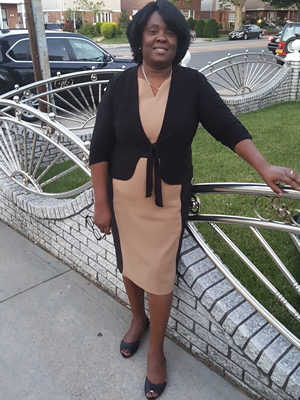
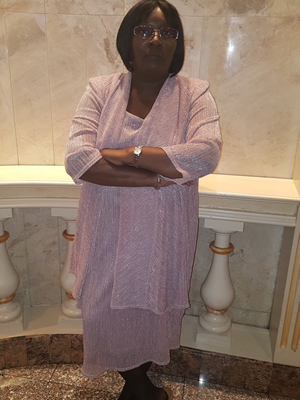
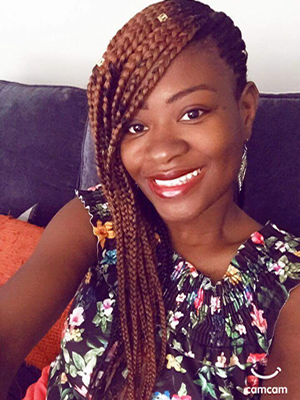
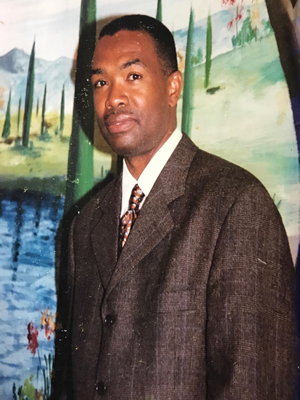
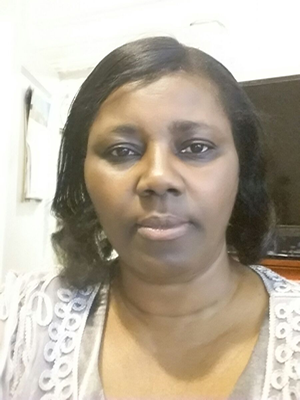
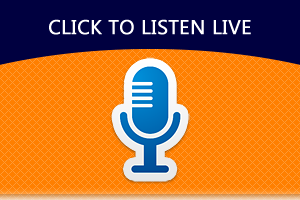







 Hits Today : 878
Hits Today : 878 Total Hits : 1082021
Total Hits : 1082021 Who's Online : 1
Who's Online : 1